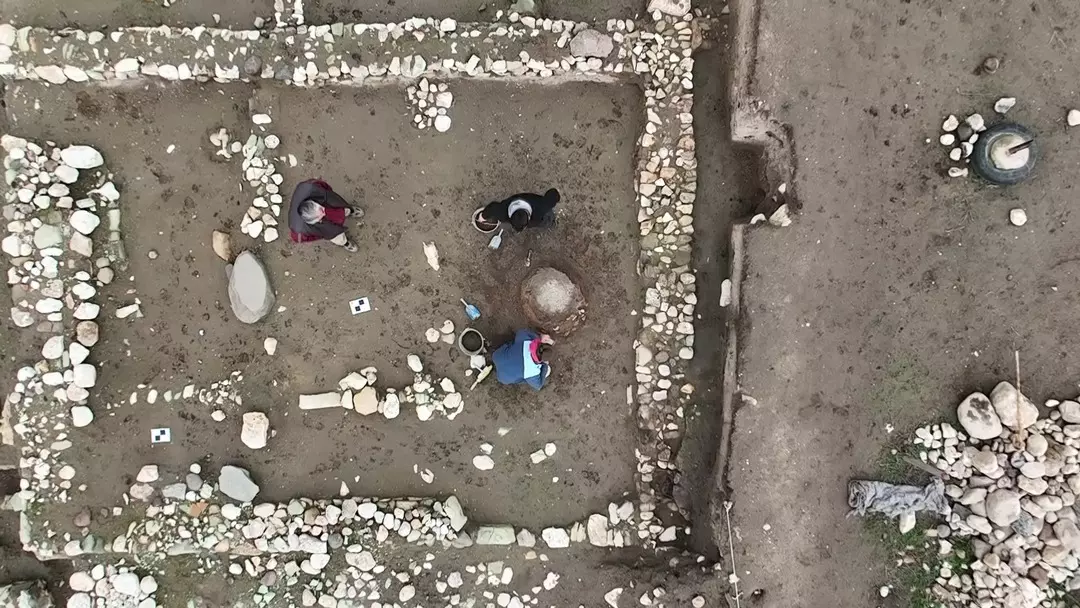Nestled among the picturesque alleys and neoclassical buildings of Plaka, one of Athens’ most charming neighborhoods, stands a truly unique monument: the Tower of the Winds, known in Greek as Aerides.
Built in the first half of the 1st century BC by the astronomer Andronicus of Cyrrhus in Macedonia, this remarkable octagonal tower rises 13.5 meters high and is constructed entirely of Pentelic marble. In ancient times, it served a remarkable dual purpose: it functioned both as a clock and as an advanced weather station.
Carved into the top of each side are reliefs of the eight wind deities, complete with their distinctive symbols and names: Boreas (North), Kaikias (Northeast), Apeliotes (East), Euros (Southeast), Zephyrus (West), Notus (South), Skiron (Northwest), and Lips (Southwest).
Ingenious Ancient Engineering
On the outside, sundials tracked the hours of daylight, while inside, an innovative hydraulic mechanism told the time on cloudy days and even at night. This ingenious system is considered one of the most sophisticated timekeeping devices of the ancient world.
From Observatory to Place of Worship
depositphotos
When the Ottomans regained control of Athens in the 18th century, the Tower of the Winds was transformed into a prayer house for the Mevlevi Order of Dervishes, earning the nickname “Tekke of Ibrahim.” It was during this time that the windows, still visible today, were added. Thanks to the Mevlevi Dervishes, the tower remained in Greece and escaped the fate of being dismantled and transported to Britain by Lord Elgin, who had planned to take the entire structure. The Dervishes firmly refused to allow it.
A Temple to the Winds
depositphotos
After Greece’s liberation, Athenians believed the structure was a temple dedicated to Aeolus, the god of the winds — a belief reflected in the name of the nearby Aiolou Street.
In truth, the Tower of the Winds holds the title of the world’s oldest meteorological station, and its fascinating journey through the centuries continues to captivate visitors today.









